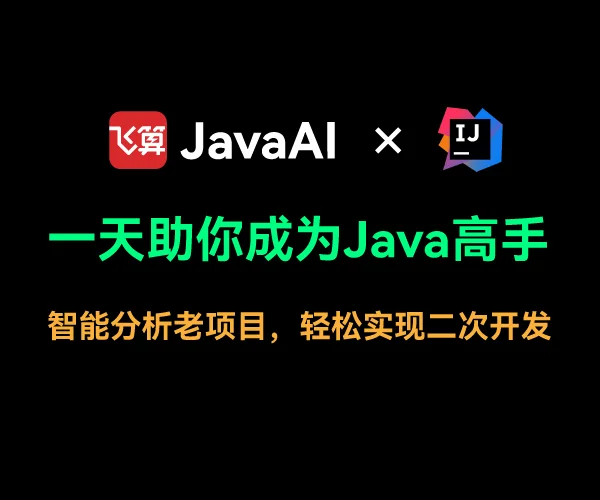PostgreSQL-JSON 数据类型
PostgreSQL-JSON数据类型
前言
从PostgreSQL 9.3版本开始,JSON已经成为内置数据类型,“一等公民”啦。
还在羡慕什么文档数据库或者BSON么,赶紧玩玩吧。另外9.4版本,提供JSONB(Binary),提供更多JSON函数和索引支持。
常用的读取操作符目前大概有三类:->、->>和#>。还是直接看SQL查询的例子吧。
目录
1. ->例子
2. ->>例子
3. #>例子
4. row_to_json的妙用
1、先看->例子
postgres=# select '[1,2,3]'::json->2;
?column?
----------
3
(1 row)
postgres=# select '{"a":1,"b":2}'::json->'b';
?column?
----------
2
(1 row)
2、再来->>例子
postgres=# select '[1,2,3]'::json->>2;
?column?
----------
3
(1 row)
postgres=# select '{"a":1,"b":2}'::json->>'b';
?column?
----------
2
(1 row)
有没有发现其实->和->>出来的结果肉眼看起来是一样的?区别在于后者是返回text。
3、再来#>例子
上面两个操作符实现了读取,其实大部分时候我们的JSON不是这么简单,会内嵌各种数组和哈希,这么读下去会死人的吧。当然,有一种类似path的读取,看例子吧:
postgres=# select '{"a":[1,2,3],"b":[4,5,6]}'::json#>'{a,2}';
?column?
----------
3
(1 row)
postgres=# select '{"a":[1,2,3],"b":[4,5,6]}'::json#>>'{a,2}';
?column?
----------
3
(1 row)
# 当然里面可以嵌套很多,比如{a,2,b,3}等等。下面再来点表的例子:
postgres=# create table testjson(id serial, data json);
postgres=# insert into testjson (data) values('{"a": 1, "b": 2}'::json);
postgres=# insert into testjson (data) values('{"a": 3, "b": 4, "c": 5}'::json);
postgres=# insert into testjson (data) values('{"a": 6, "c": 7}'::json);
# 插入数据是不是很熟悉,基本和普通使用JSON一致,初窥下select结果:
postgres=# select * from testjson;
id | data
----+--------------------------
1 | {"a": 1, "b": 2}
2 | {"a": 3, "b": 4, "c": 5}
3 | {"a": 6, "c": 7}
(3 rows)
# 很眼熟,where条件可以这么用:
postgres=# select * from testjson where (data->>'a')::int>1;
id | data
----+--------------------------
2 | {"a": 3, "b": 4, "c": 5}
3 | {"a": 6, "c": 7}
(2 rows)
# 注意这里是->>转换成text然后在::int进行比较。
# 不过这里有个坑,不知道怎么解决,比如:
postgres=# insert into testjson (data) values('{"a": "smallfish"}');
postgres=# select * from testjson;
id | data
----+--------------------------
1 | {"a": 1, "b": 2}
2 | {"a": 3, "b": 4, "c": 5}
3 | {"a": 6, "c": 7}
5 | {"a": "smallfish"}
(4 rows)
# 这个时候上面的::int>1这样就报错了,因为最后一行a为字符串。
4、row_to_json的妙用
The simplest way to return JSON is with row_to_json() function. It accepts a row value and returns a JSON value.
select row_to_json(words) from words;
This will return a single column per row in the words table.
{"id":6013,"text":"advancement","pronunciation":"advancement",...}
However, sometimes we only want to include some columns in the JSON instead of the entire row. In theory we could use the row constructor method.
select row_to_json(row(id, text)) from words;
While this does return only the id and text columns, unfortunately it loses the field names and replaces them with f1, f2, f3, etc.
{"f1":6013,"f2":"advancement"}
To work around this we must either create a row type and cast the row to that type or use a subquery. A subquery will typically be easier.
select row_to_json(t)
from (
select id, text from words
) t
This results in the JSON output for which we would hope:
{"id":6013,"text":"advancement"}
The other commonly used technique is array_agg and array_to_json. array_agg is a aggregate function like sum or count. It aggregates its argument into a PostgreSQL array. array_to_json takes a PostgreSQL array and flattens it into a single JSON value.
select array_to_json(array_agg(row_to_json(t)))
from (
select id, text from words
) t
This will result in a JSON array of objects:
[{"id":6001,"text":"abaissed"},{"id":6002,"text":"abbatial"},{"id":6003,"text":"abelia"},...]
In exchange for a substantial jump in complexity, we can also use subqueries to return an entire object graph:
select row_to_json(t)
from (
select text, pronunciation,
(
select array_to_json(array_agg(row_to_json(d)))
from (
select part_of_speech, body
from definitions
where word_id=words.id
order by position asc
) d
) as definitions
from words
where text = 'autumn'
) t
This could return a result like the following:
{
"text": "autumn",
"pronunciation": "autumn",
"definitions": [
{
"part_of_speech": "noun",
"body": "skilder wearifully uninfolded..."
},
{
"part_of_speech": "verb",
"body": "intrafissural fernbird kittly..."
},
{
"part_of_speech": "adverb",
"body": "infrugal lansquenet impolarizable..."
}
]
}
Obviously, the SQL to generate this JSON response is far more verbose than generating it in Ruby. Let's see what we get in exchange.
参考资料
银河统计工作室成员由在校统计、计算机部分师生和企业数据数据分析师组成,维护和开发银河统计网和银河统计博客(技术文档)。专注于数据挖掘技术研究和运用,探索统计学、应用数学和IT技术有机结合,尝试大数据条件下新型统计学教学模式。



 浙公网安备 33010602011771号
浙公网安备 33010602011771号